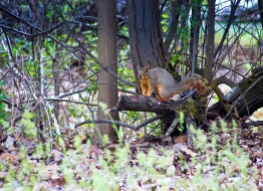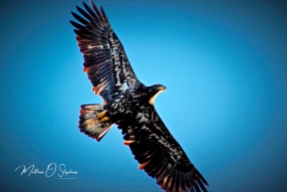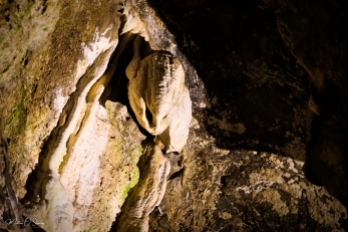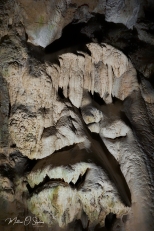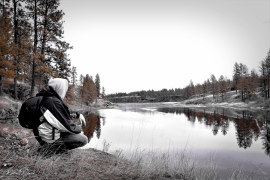Located near the tri-cities area in Burbank Washington, McNary National Wildlife Refuge has a lot to offer. Although the area is a refuge in itself encompassing around 15,000 acres, McNary is managed as part of a larger grouping of similar wildlife areas. This grouping, as described by U.S. Fish and Wildlife Services is called the Mid-Columbia River National Wildlife Refuge Complex. One main office basically has to manage 7 or 8 wildlife refuges in the region, and that is in part due to similarities between them all. Many of these areas share similar wildlife, although McNary really gets a lot of bird activity because of the specific environment. It is considered a bird watchers paradise by some, especially when the migratory birds are making their way through the area.
It is a very high maintenance refuge also, as the staff members have to develop and utilize techniques to help promote natural habitat growth or recovery. These methods have to be enhanced year to year, as seasonal weather may have an impact on which areas of the refuge need attention. McNary does have a little help from some local farmers though, as around 700 acres of the refuge are irrigated croplands. According to Washington State Parks this means the park and local farmers have a cooperative agreement that is mutually beneficial. The farmers grow their crops of wheat, alfalfa, corn, etc. and then leave a portion of it for the local wildlife. This can have a major impact during the colder winter months when natural food sources are low.
Habitats change season to season, and right now is a great time to see the Summer animals. Larger birds such as swans, pelicans, herons, bitterns, and others can be found in the water searching searching for food and enjoying the breeze as it blows across the water. Eagles, Osprey, hawks, and other raptors can be found flying high in the sky looking for a good place to fish. Deer can be found here and there, but their numbers drastically increase as the season moves into Fall. It is not uncommon for visitors to see males competing for females as mating season goes in full swing. The larger birds will stay around and hang tight through the fall, and even into Winter for some. Winter becomes a very busy season for ducks, geese, etc. and there can be several thousand birds inhabiting the refuge. As Spring rolls in, some birds will leave and head further north for a bit, while other birds that migrated further south will fly to McNary. The cyclic nature of the land is clearly apparent in the way everything operates. As stated by Fish & Wildlife the changing of seasons here is just a transition of birds that live on the refuge.
McNary is a very fun and informative place to visit, especially when visiting the area. There are a lot of animals to see, and birds to identify. Be sure to check out the McNary official Facebook page by clicking here!!! So get out there and find some adventures!!
























